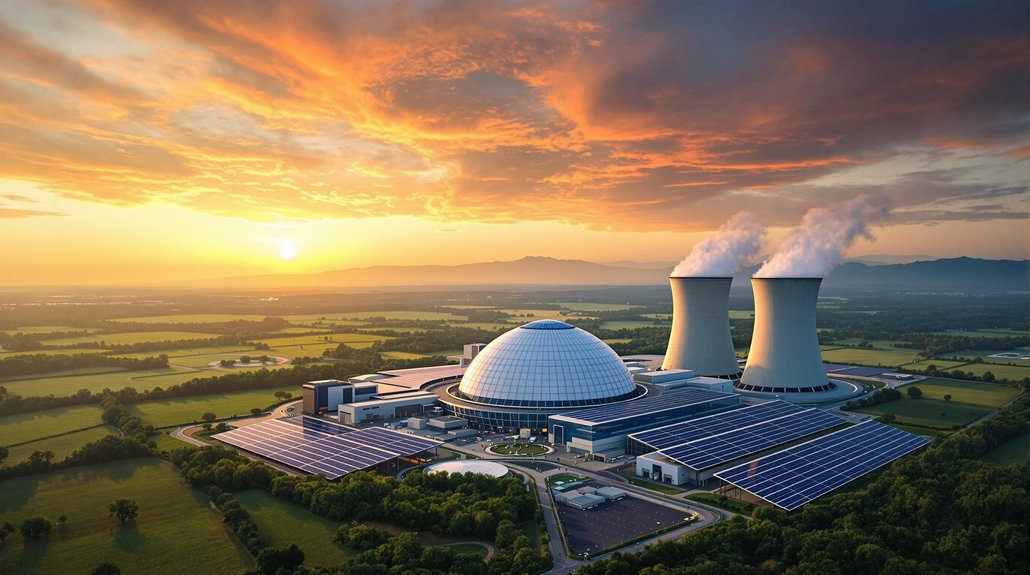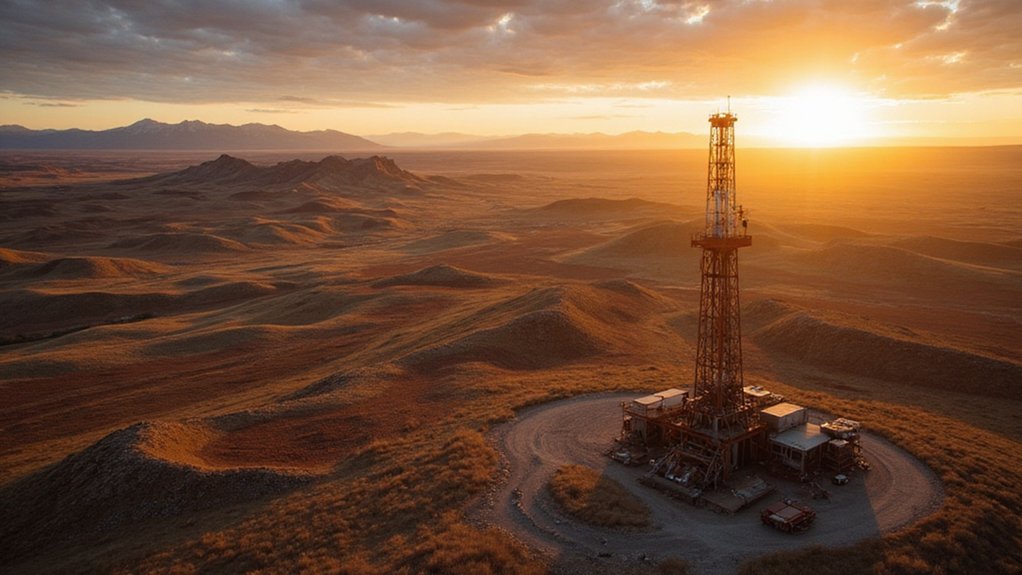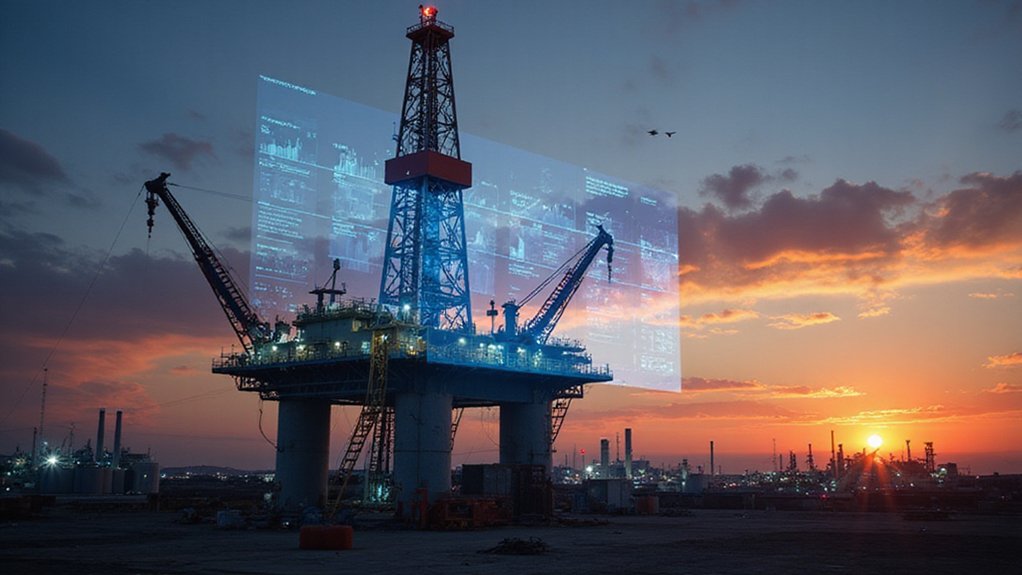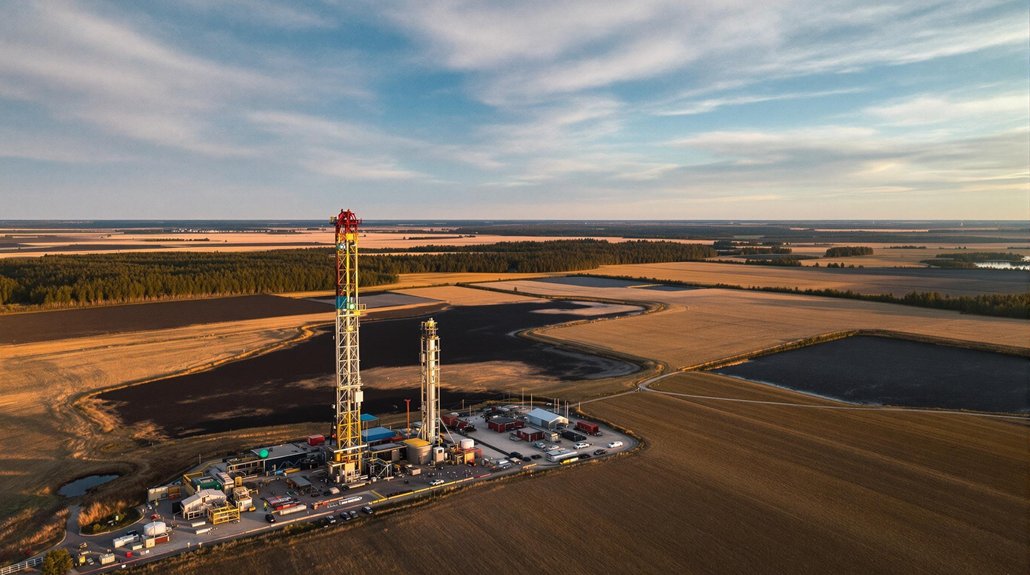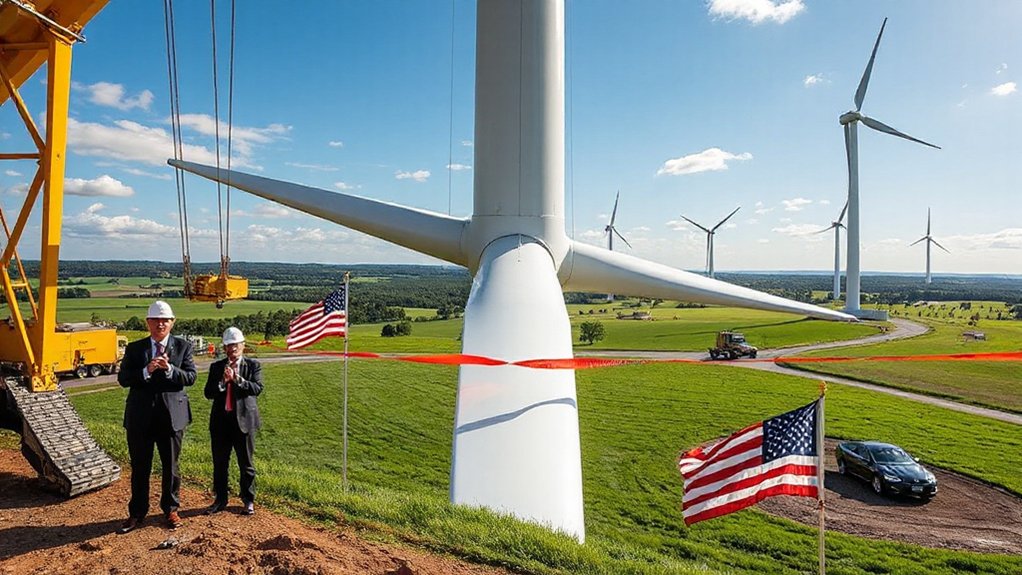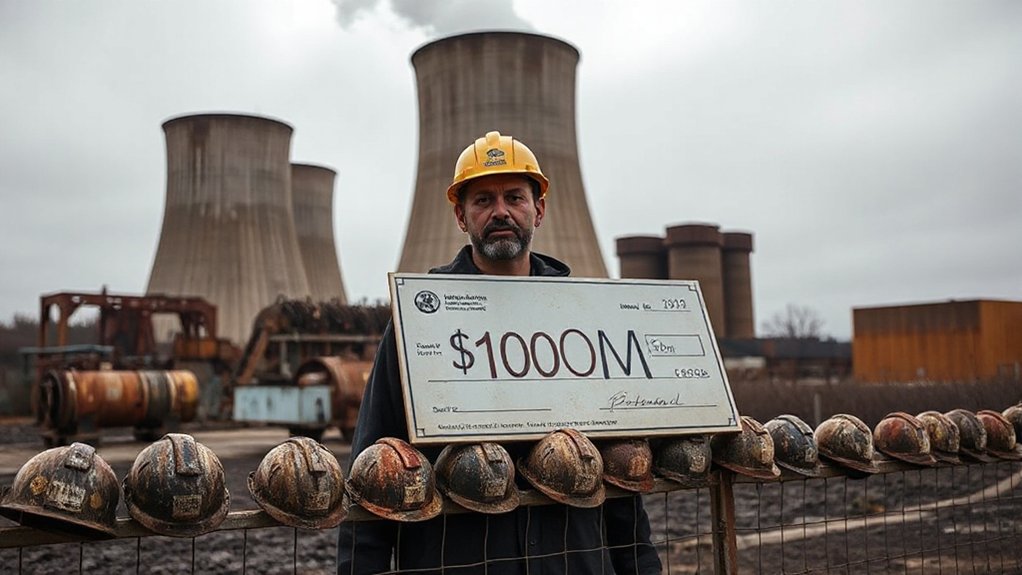The U.S. natural gas transformation has transformed global energy markets. Fracking and horizontal drilling released vast shale gas reserves, making America an exporter by 2017. While LNG boosts energy security and reduces carbon emissions compared to coal, it divides climate experts. Supporters see it as a bridge to renewable energy, while critics worry about methane leaks and water contamination. The debate continues as countries balance security needs with environmental goals.
Few innovations have transformed America’s energy landscape as dramatically as the shale gas transformation. The combination of two technologies—hydraulic fracturing and horizontal drilling—unlocked vast natural gas resources trapped in shale rock formations. These techniques weren’t new. Fracking began in the 1940s, while horizontal drilling emerged in the 1970s and 1980s. The breakthrough came when Mitchell Energy perfected “slick water” fracking in the late 1990s, making the process economically viable.
Government support played an essential role in this development. The Department of Energy launched the Eastern Gas Shales Project in 1976 and partnered on the first successful horizontal shale well in 1986. Federal funding through the Gas Research Institute and tax credits encouraged early exploration. This public-private partnership laid the groundwork for the commercial boom that followed in the early 2000s.
The shale revolution wasn’t just private ingenuity—it was built on decades of targeted government investment and research partnerships.
The impact on U.S. energy has been profound. Natural gas production grew 41% between 2007 and 2017. Shale gas jumped from just 5% of U.S. production in 2006 to over 60% by 2017. The surge in supply drove prices down dramatically, from over $10 per MMBtu in 2008 to less than $3 by 2015. In 2017, the U.S. became a net exporter of natural gas for the first time in decades. This remarkable shift was initially referred to as the “Shale Gale” when it began transforming the industry.
This transformation created hundreds of thousands of jobs and reduced America’s dependence on imported energy. It also sparked a manufacturing revival, with over $200 billion invested in new petrochemical facilities. Power plants switched from coal to cheaper, cleaner-burning gas, helping reduce carbon emissions. This shift has offered immediate carbon reductions compared to higher-emitting fossil fuels while supporting the broader energy transition.
However, the shale boom isn’t without controversy. Critics point to potential groundwater contamination, methane leaks, high water usage, and induced earthquakes from wastewater disposal. These environmental concerns have divided experts on whether natural gas truly serves as a “bridge fuel” to a lower-carbon future.
Globally, U.S. liquefied natural gas exports are reshaping energy markets, reducing Russia’s influence over European customers, and affecting the economics of coal use in developing nations. The natural gas transformation continues to transform energy security equations worldwide.

